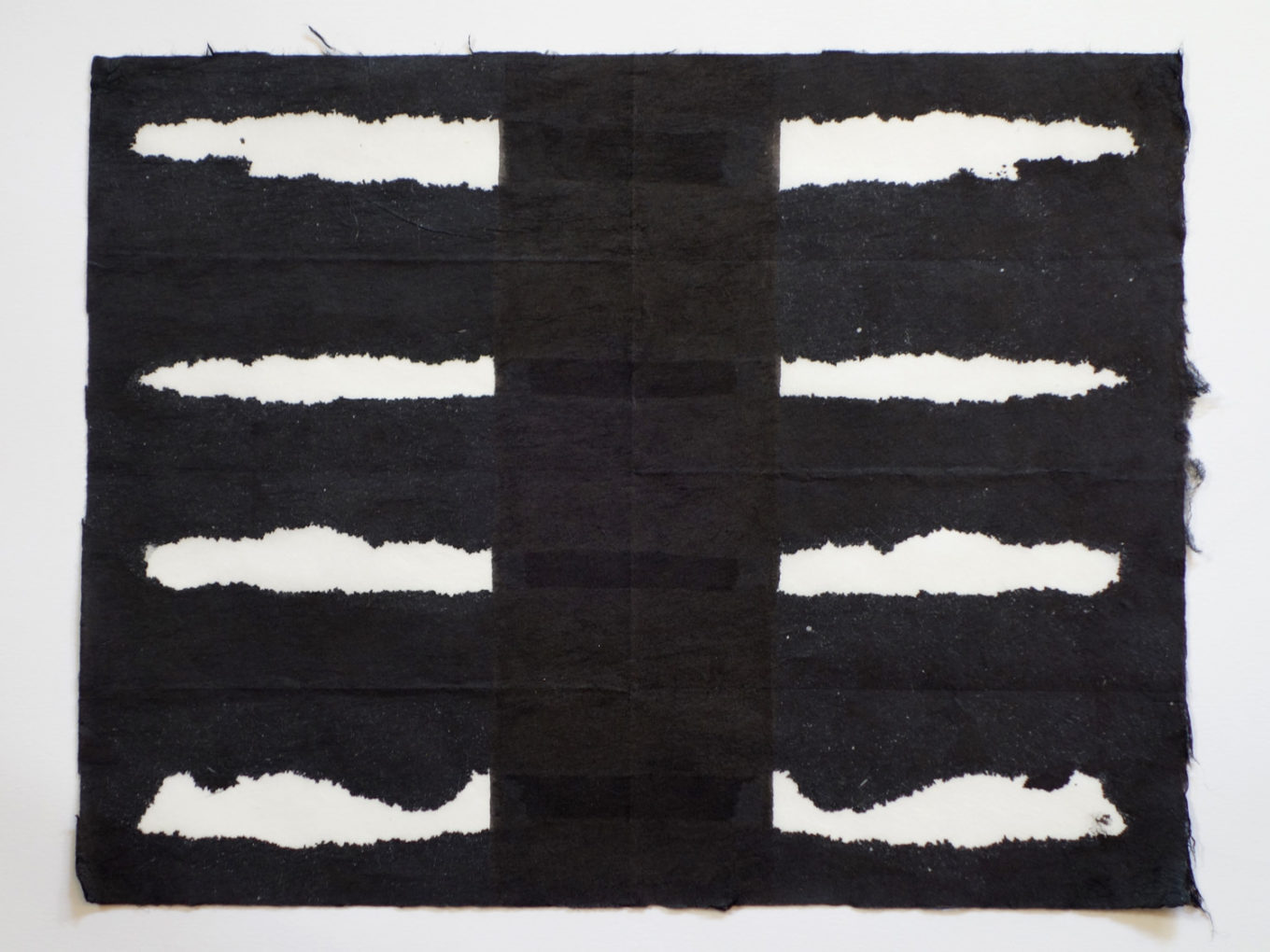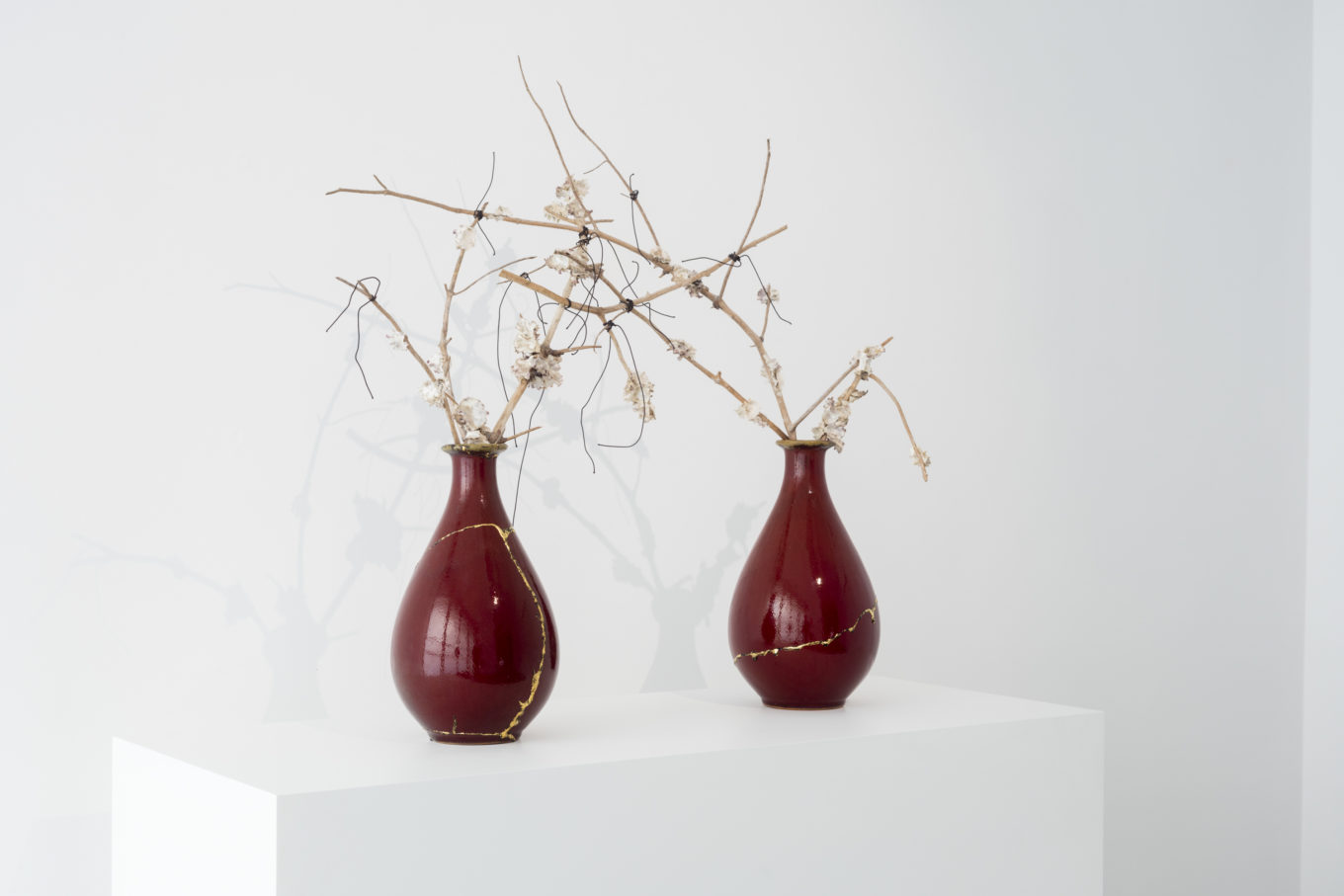With a practice spanning the handmade, new media, curation, installation, social projects and urban design, Stella Brennan’s work navigates the space and time between human subjects. Brennan prises open history, its losses and possibilities, interrogating colonialism, industrialisation and computerisation. Chief Curator at Wellington’s City Gallery, Robert Leonard, has stated “Brennan…explores the history and currency of modernity, the dream of human perfectibility and emancipation premised on rationality, technology, progress. She researches modernity’s grand schemes and utopian ideologies, and their fate in the brave new world of the present.”
Born in 1974 and currently working in Auckland, Brennan has exhibited across Australia, Asia, North America, Europe and New Zealand and been awarded Residencies including at Apex Arts in New York City, and Artspace in Sydney. After graduating MFA from The University of Auckland in 2000, Brennan co-founded Aotearoa Digital Arts and was co-editor of Aotearoa Digital Arts Reader, the first comprehensive text on digital arts practice in New Zealand. She was a Walters Prize finalist in 2006, her fully functioning spa pool installed in Auckland Art Gallery Toi o Tamaki, backed by psychedelic whale song, and the audience invited in.
For this exhibition, Brennan hangs black ‘flags’ burnt through with text, suspended to form a square within the gallery space. Just as a flag serves to promote social cohesion (or new orders) so too the quadrant marks out a social place. Text is contained in the negative, the burnt apertures forming “a lovely absence”. The burning process has encrypted a code in the black fabric, linking us through time to early computer punch cards, then far beyond those to the Jacquard looms of the early Industrial Revolution. Mindful of the utopian promises of previous generations’ urbanism, and reflecting on the failure of these promises to deliver, Brennan mines her own locale, “a place with no provenance”, for this new installation. Described by Dr Susan Ballard as “archaeologist of suburbia”, Brennan creates a mythology from the residue of both cultural greatness and bleakness,her physical explorations through the ordinary suburban streets of Glenfield creating the narrative logic of her flag text, linking the death of James K Baxter, the paintings of Charles Blomfield, local landmarks and tragedies.
The flags are accompanied by drawings like dismembered books, with pages folded, printed, perforated, stained and soaked. Ink marks bleed into their very structure like a Rorschach test or a stain seeping through cloth. Exploring another tactile history is Brennan’s kintsugi, an artwork based on a historical Japanese method of mending broken ceramics with layers of lacquer, topped with gold leaf. Both pragmatic and beautiful, the patina of age is revered in some cultures and disdained in others. Brennan’s conceit is to manufacture this progression; her treasures are found trawling junk shops, only to be artfully broken, repaired and oddly filled with organic and inorganic material, riffing on the similarly historic Japanese technique of ikebana.
Brennan maintains a practice as a writer, as essayist for artists including Ann Veronica Janssens and Patricia Piccinini, as well as critic for magazines including Art Asia Pacific, the New Zealand Listener and Art New Zealand. She has also been an advisory editor for Eyeline Magazine, Australia. Her curation practice includes the exhibitions Nostalgia for the Future (Artspace, Auckland, 1999), Dirty Pixels (Artspace, Adam Art Gallery, Dunedin Public Art Gallery and Waikato Museum of Art and History, 2002-3), and she co-curated Cloudland: Digital Art from Aotearoa New Zealand (The Substation, Singapore, 2008).


















